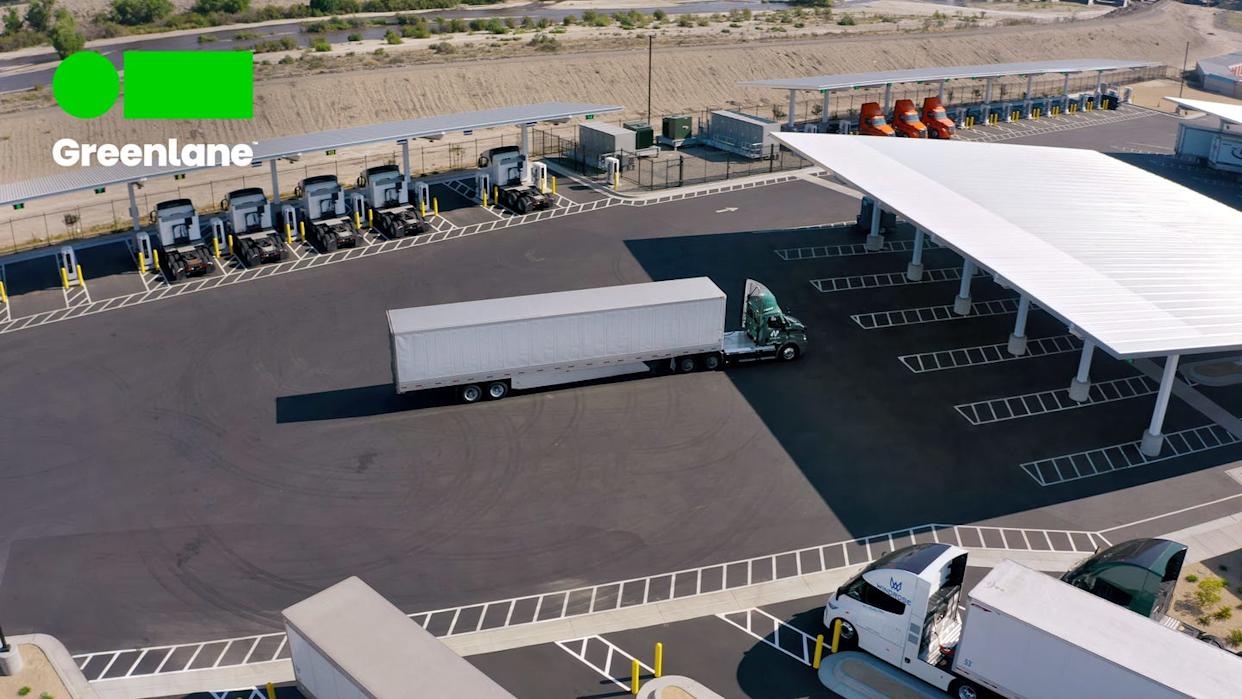
Greenlane plans second truck charging corridor, this time from Colton, California, to Phoenix, Arizona.
The company's first charging corridor stretches from Los Angeles to Las Vegas, with the Colton station being the largest one with up to 60 chargers.
EV trucking is slowly gaining momentum in the southeast as efforts like this make long-haul driving a reality.
It has been clear for a while that EV trucking won't happen without major charging corridors along busy freight routes.
But the task of building such corridors has only gained momentum this decade, when several truck makers have fielded semi-truck models that can cover hundreds of miles between stations.
The first leg of Greenlane's EV truck charging corridor seeks to connect Los Angeles to Las Vegas, with several stations along the 280-mile route with over a hundred chargers in total.
The previously announced corridor will run along Interstate 15, with stations currently being built in Baker, Barstow, and Colton in California.
This charging corridor, while being a big step, largely connects the ports of LA and Long Beach with Vegas at the other end.
A new second corridor, plans for which were revealed just this week, will do more, connecting SoCal to Phoenix, Arizona, via Interstate 10.
Using 772-kW Peak Charging Power
And the Colton super-station with over 60 chargers that opened earlier this April will be a part of it, with more stations to be developed near Blythe, California, and Phoenix.
"Our second corridor was strategically selected to best support the carriers and shippers who keep our economy moving," said Patrick Macdonald-King, CEO of Greenlane.
The 300-mile route from Colton to Phoenix is already a reality, even if only during ideally planned conditions, which only a handful of long-haul electric semis can even attempt.
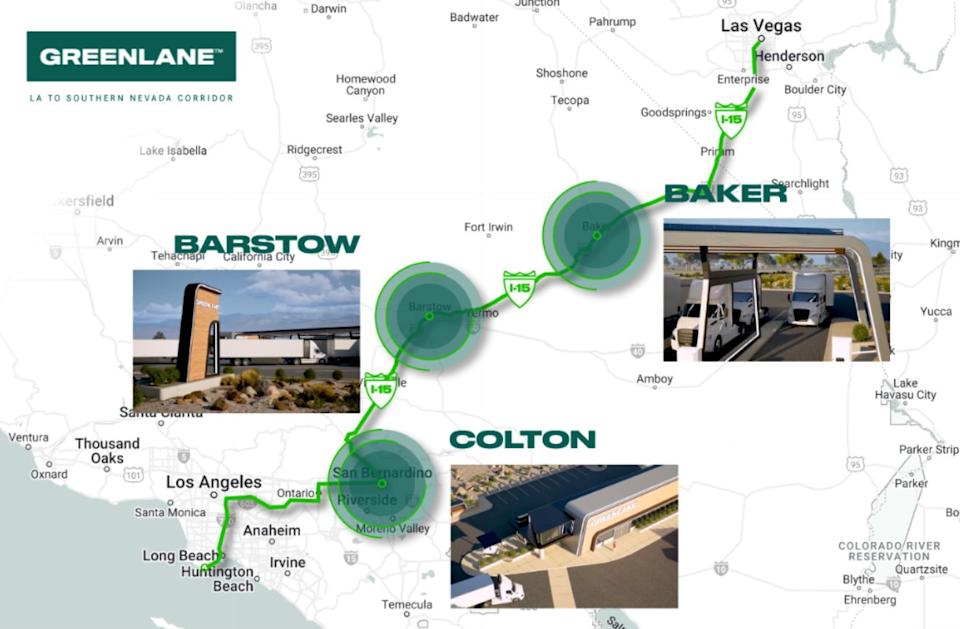
"Windrose's R700 Class 8 electric semi successfully completed single-charge journeys from Greenlane's Colton location to both Buckeye, Arizona, near Phoenix (I-10 corridor) and Las Vegas (I-15 corridor) with a gross combined weight rating (GCWR) of 74,420 pounds," Greenlane notes.
If there is one other element making long-haul electric trucking a reality, it's charging speeds. 772-kW peak charging power was utilized by Windrose trucks using two charging ports at the same time. That's getting pretty close to MCS territory, which is also in the plans soon.
"Windrose's remarkable achievements during testing demonstrate that our high-performance charging network can handle the most demanding freight operations, giving us confidence that this I-10 corridor will serve as a critical backbone for zero-emission freight," Macdonald-King added.
Food and Restrooms on Site
Nevoya, an electric trucking carrier, is one of the first companies eager to use the planned route to Phoenix, hoping to operate trucks using Colton Greenlane plaza as the base.
The newly opened Greenlane Colton site has 12 pull-through and 29 bobtail lanes meant for medium- and heavy-duty haulers, as well as something which has been exceedingly rare at any EV station: food and restrooms on site, as well as 24/7 security and office space.
The other half of this equation, of course, is the availability of electric semi trucks that can cover over 300 miles without recharging—something that has only become available this decade as fleets slowly begin to purchase such rare machines.
So fleets still have to be actively converted to the all-electric mentality.
A business case still has to exist for a fleet to purchase an electric semi that can do hundreds of miles between recharges, which is an elite category of truck at the moment, even though offerings from the big truck makers have expanded greatly in recent years.
It remains to be seen whether efforts like this can finally kickstart the momentum EV trucking has needed in the southwest, connecting the ports of Los Angeles and Long Beach with larger cities east of SoCal.

Eventually, a route to Texas and the Gulf Coast will be needed for wide-scale zero-emissions trucking to take hold in this country.
But it appears Europe will have an easier way of connecting port cities with industrial centers, not facing the vast, desolate stretches of road like in the American southwest.
Will we see long-haul electric trucking achieve appreciable gains this decade, or maybe by 2035 or later? Let us know in the comments below.
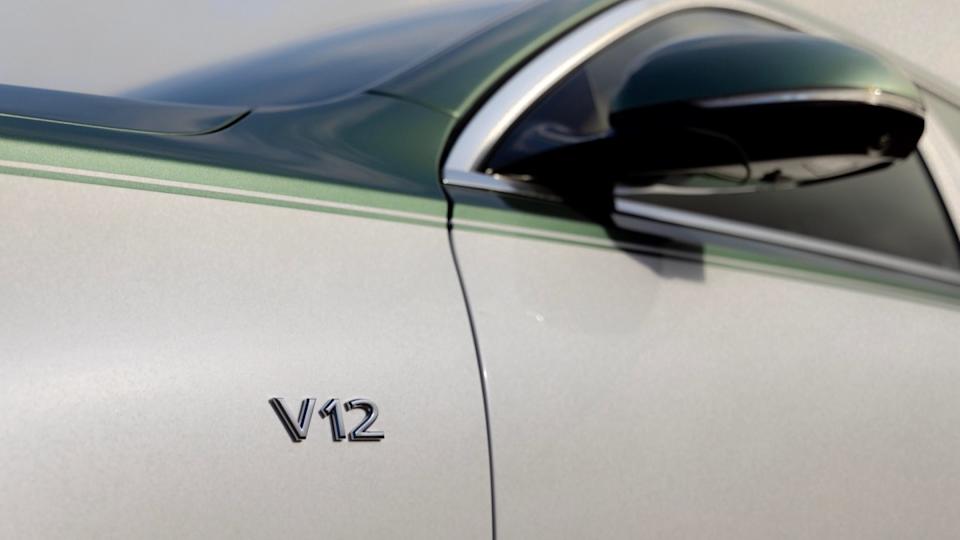
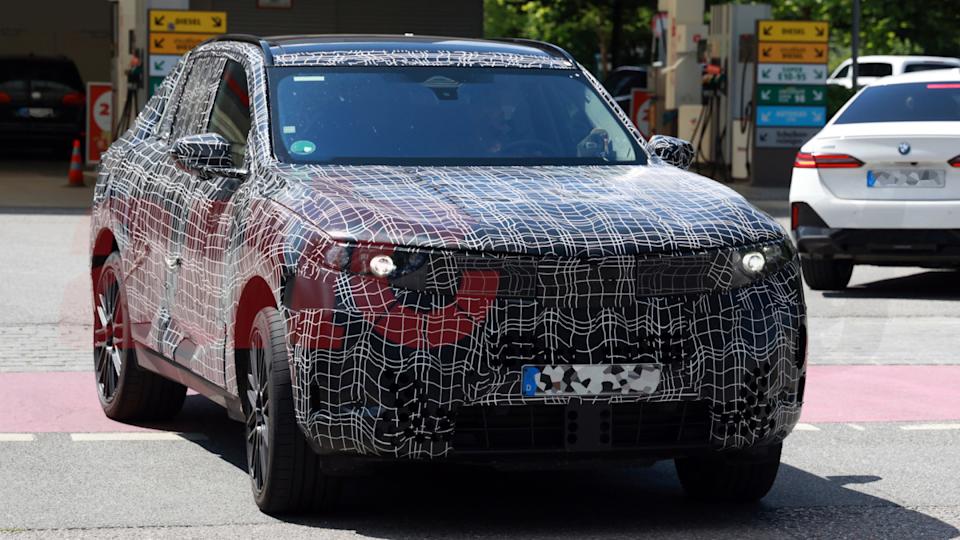

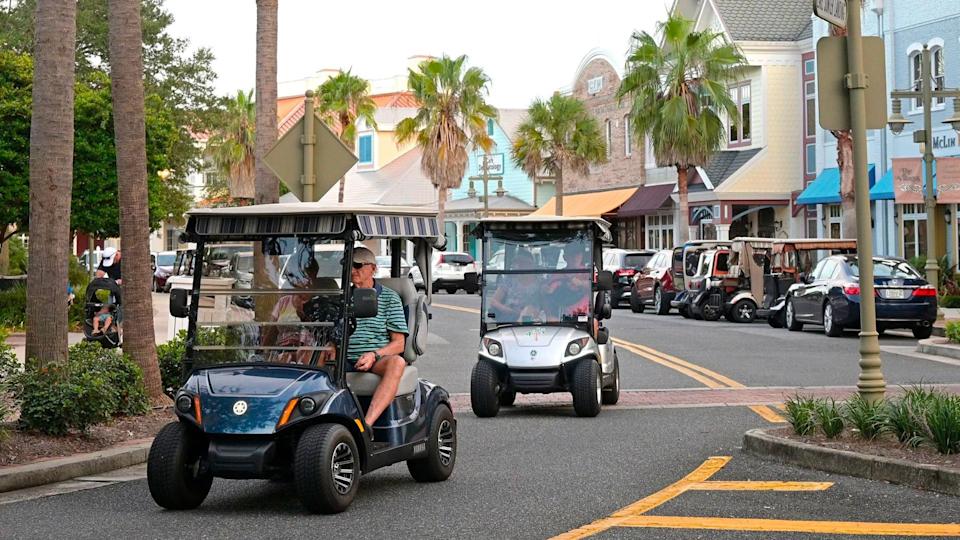
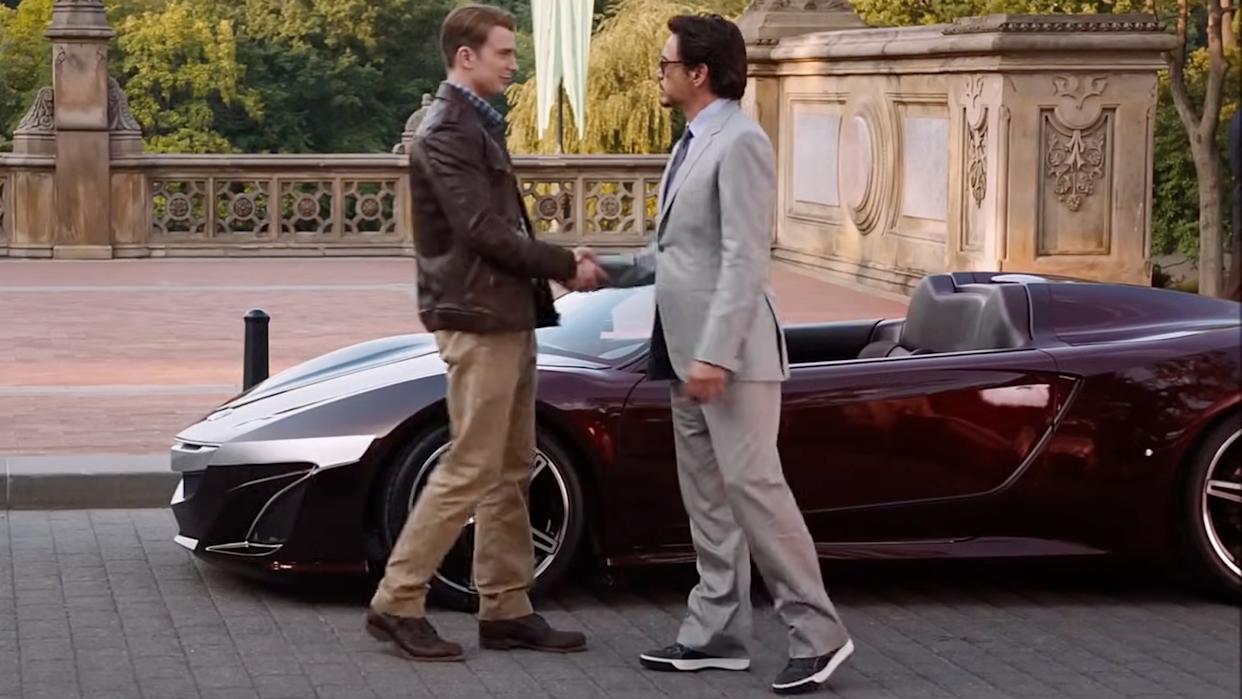
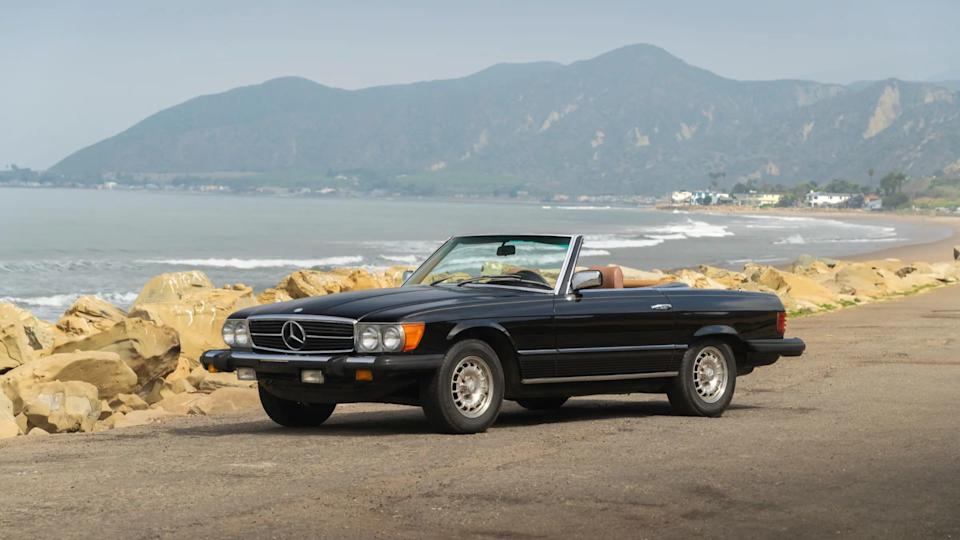

Comments